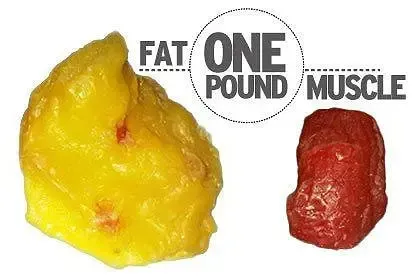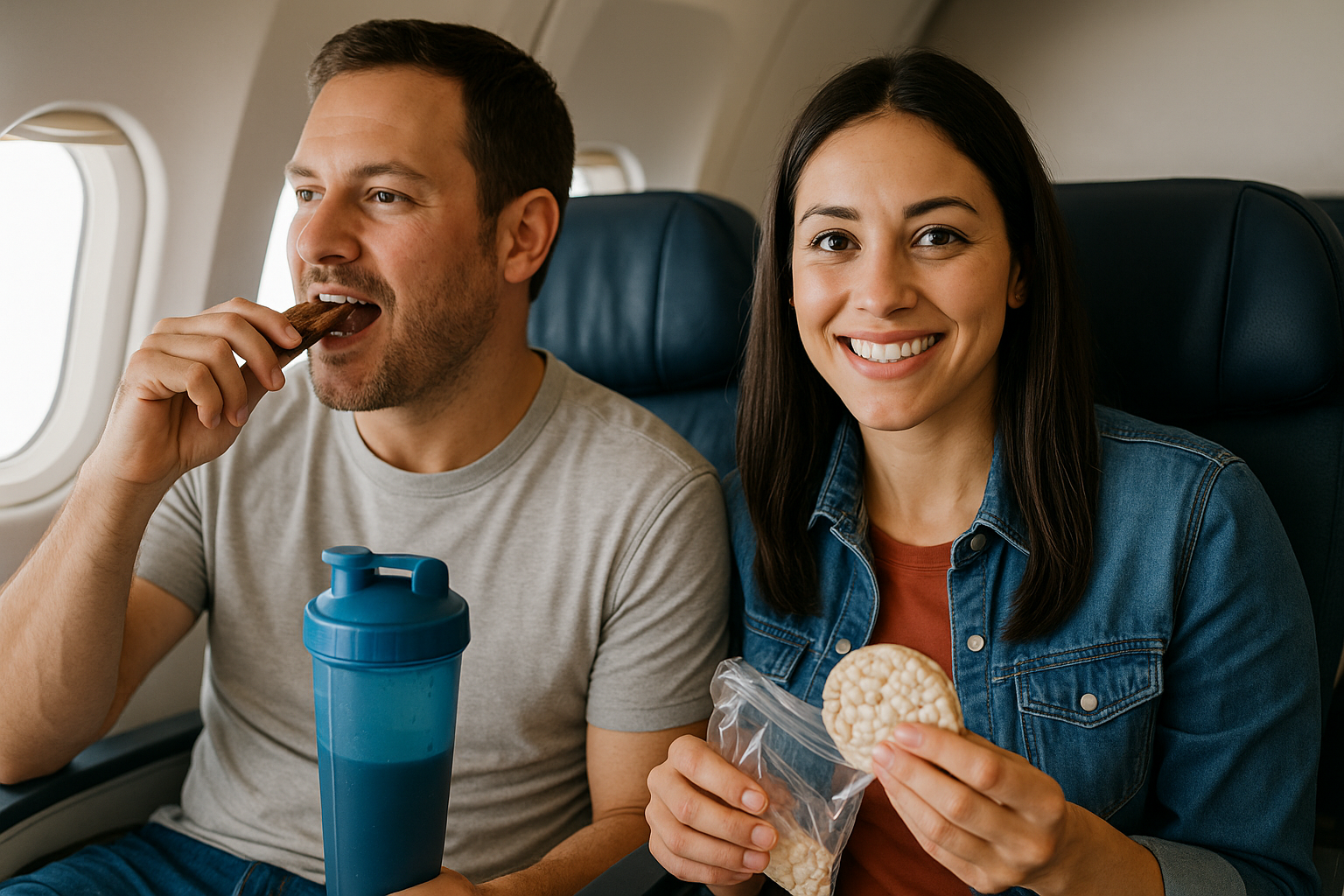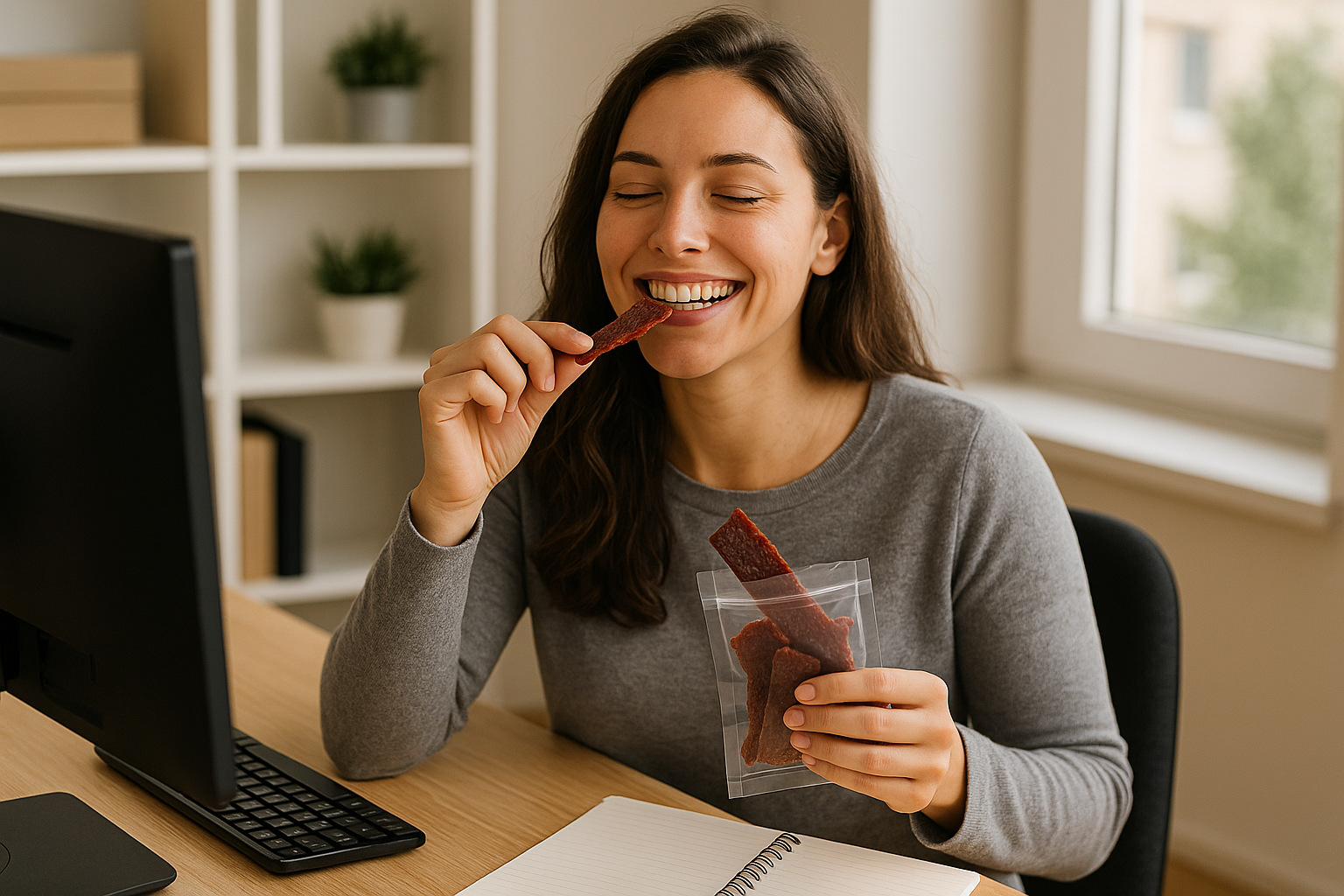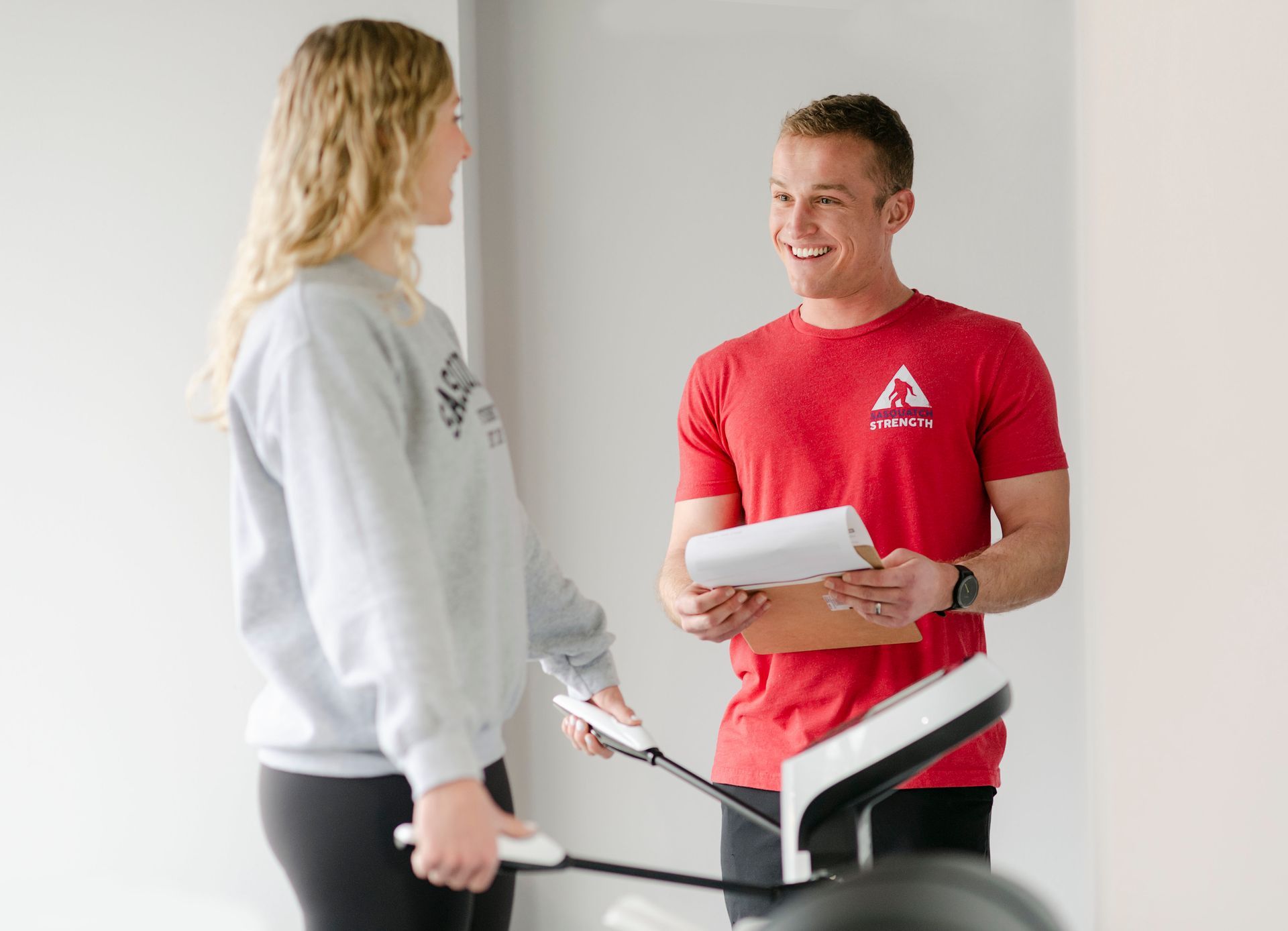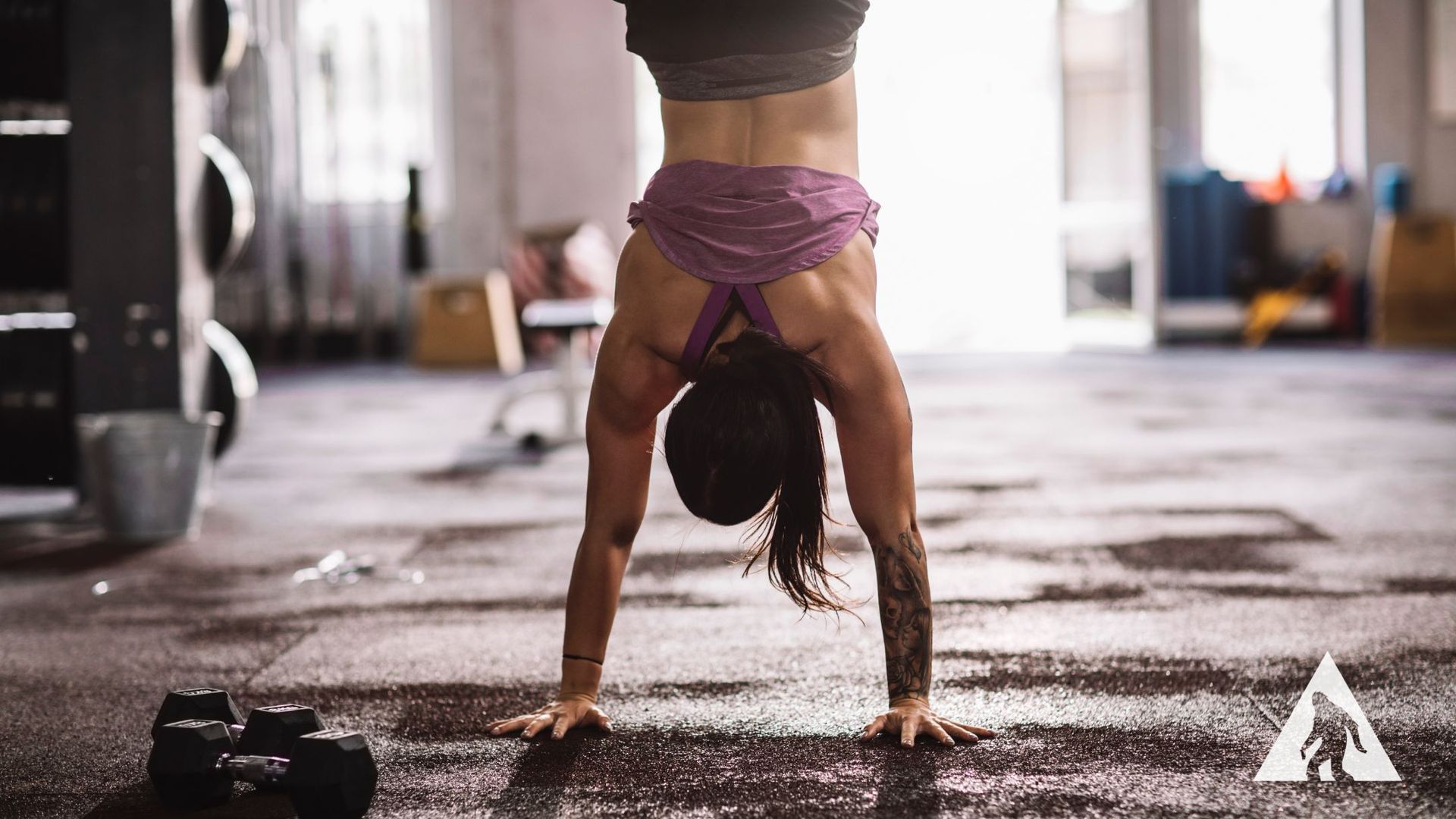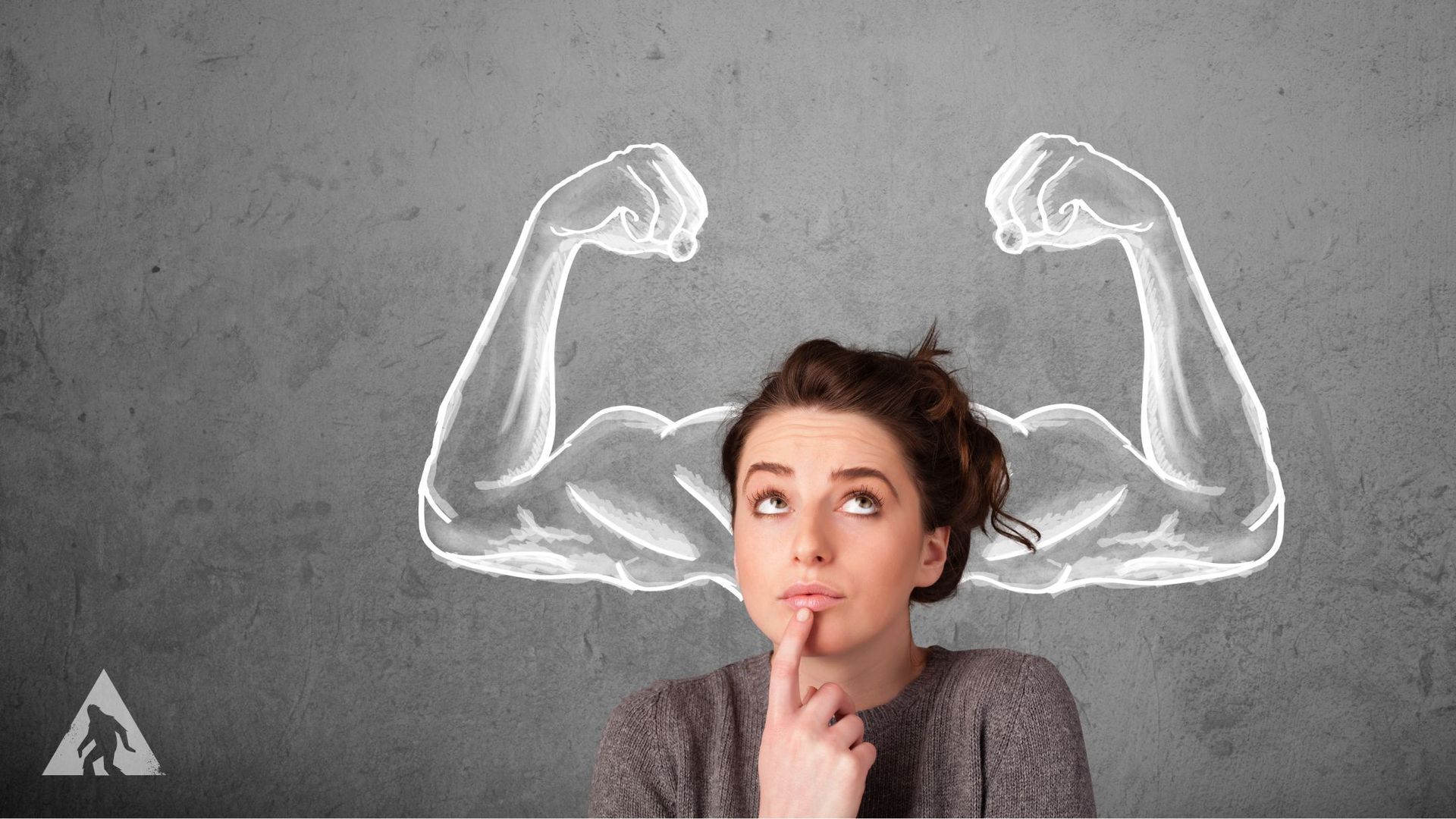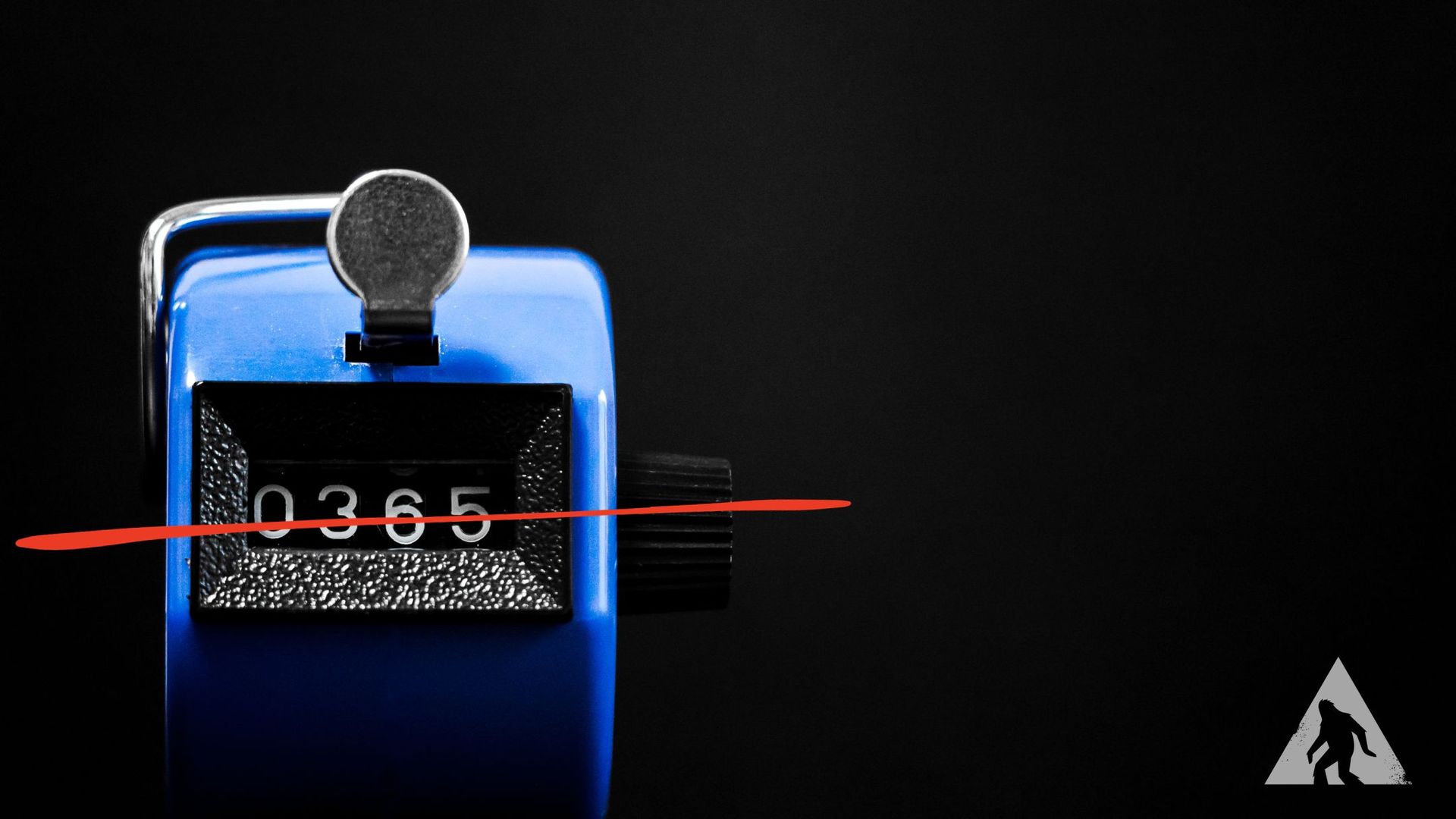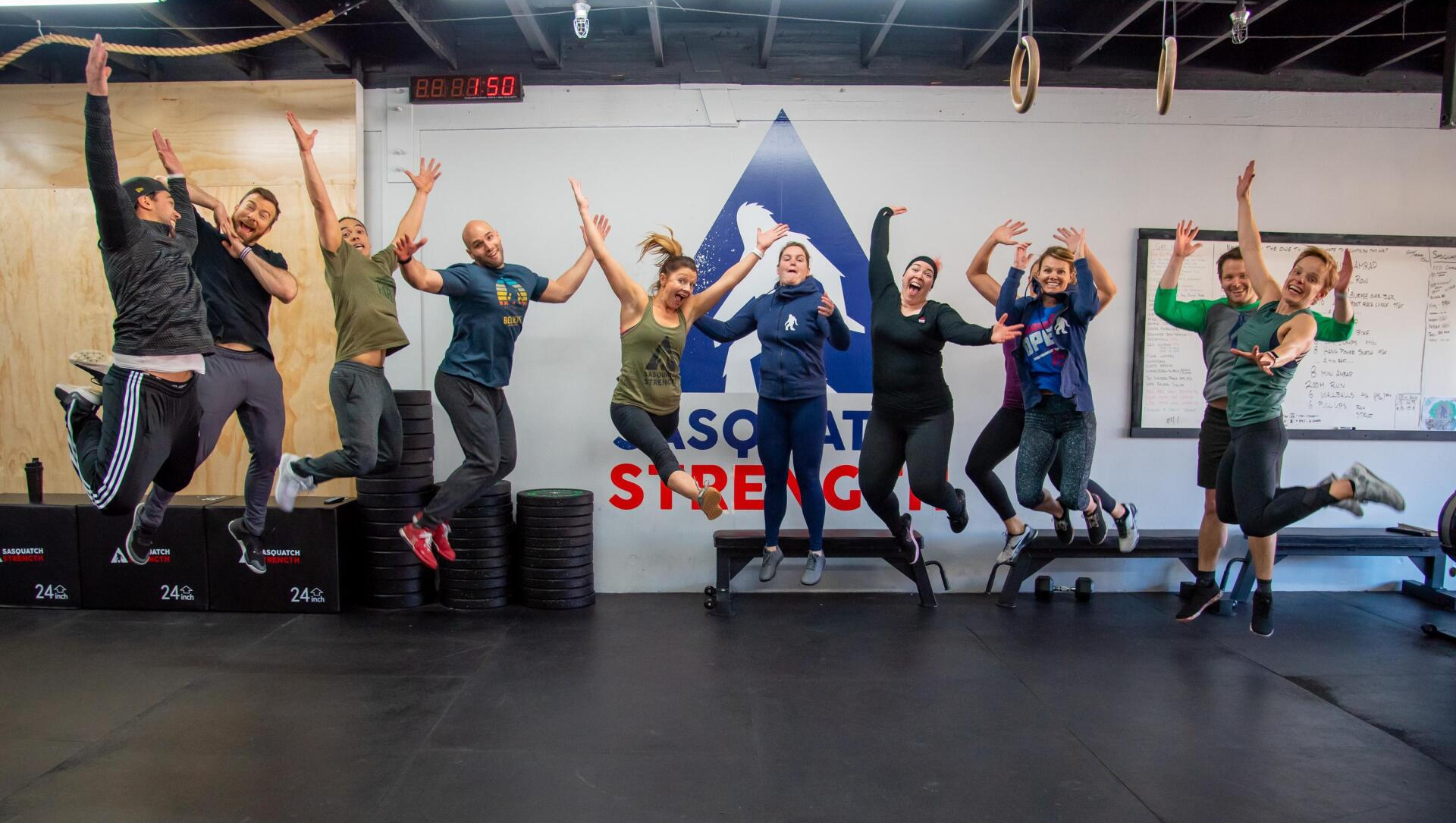
The Hardest Part
It’s 5:45am and I feel like death. My legs are sore from the hiking I did over the weekend; I didn’t get enough sleep and I know I have a twelve hour work day ahead of me. By the time I get in the office and open my computer, I have six voicemail messages as well as one-hundred and six unread emails; not to mention, a to-do list the size of my desk. It’s going to be a long day.
Regardless, when 2pm hits the clock, I know I have two choices: I can collapse on the comfy couch in my office until it’s time for me to coach at 5:30pm. Or I can suck it up, drink a little pre-workout, and go show the gym floor I am stronger than anything my day decides to throw at me. While some days it’s harder than others, I always pick the latter.
Potential clients approach me every day and ask, “Isn’t Sasquatch training hard?! You guys do pull-ups, push-ups and deadlifts! I don’t think I can do any of those things. Is this going to be too hard for me?”
My answer has always been, and will always be, “No.”
Training is easy. Doing pull-ups and deadlifts, thrusters and double unders, these are all things we get better at over time. And let me assure you: one day you will wake up, and 225lbs on the bar won’t feel quite so heavy. It will be faster than you think.
But here’s what is hard: Showing up. Pulling yourself together to walk into the gym after a long day or a long week. That’s hard.
When it comes to the fitness world, there’s a reason the mantra is “consistency is key” — it has always been what separates the ones who do from the ones who don’t. For whatever reason, there is a rampant misconception that in order to improve physical fitness you need to push yourself to the brink of death every time you are in the gym. While pushing limits and increasing intensity are certainly great tools in our fitness arsenal, they are far less important than simply just showing up. And this goes for everyone from the first time gym-goer to Olympians. Showing up is and always will be the first and most important step in making progress. It sounds obvious, but I have a dozen clients I can think of right now that are dissatisfied with their progress; these are the same ones who show up only twice a week to work out for one hour.
Our habits define us. The people who make fitness a priority are the ones who will not only make the most progress, but retain it over the longest period of time.
So what action can you take to be more consistent in your pursuit of fitness?
● Schedule your classes like a meeting — an important one! — to work on you
● If you already show up to class regularly, schedule in some recovery time every week to make sure you are ready for the next phase in your training.
● Make it a priority. I promise you the results will shock you!
What is one simple action you can take to improve your consistency? Leave your response on the comments below.
